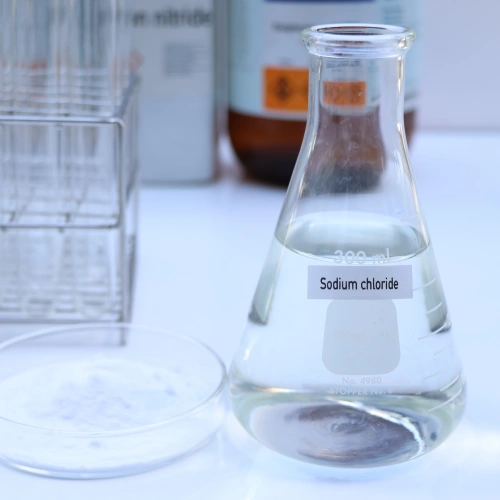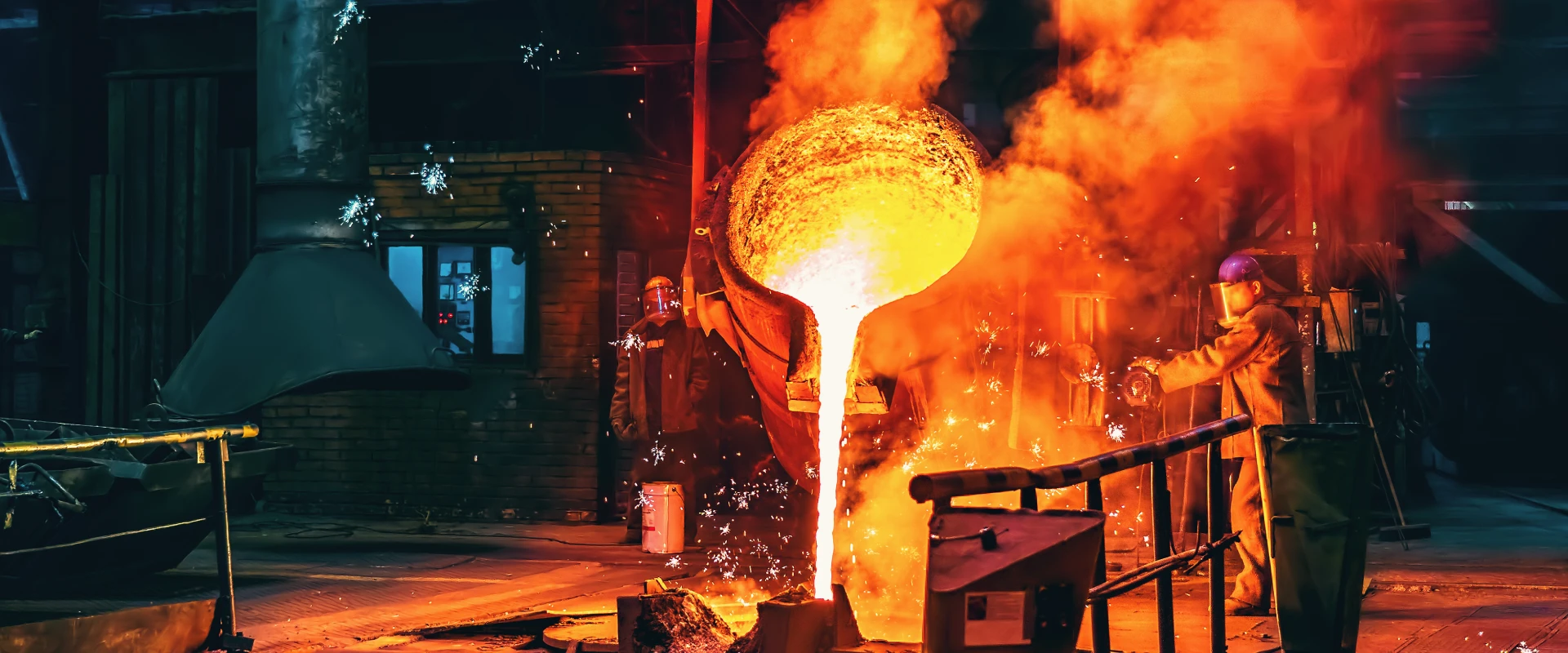The Science of Stainless Steel Corrosion Resistance
Stainless steel is a widely used material across various industries, from construction and transportation to medical devices and food processing. Its outstanding corrosion resistance makes it a preferred choice for applications requiring durability in harsh environments. However, despite its widespread use, many still lack a deep understanding of how stainless steel resists corrosion and what factors can affect its performance.

The Basics of Corrosion
Corrosion is a natural process in which metals deteriorate due to chemical or electrochemical reactions with their environment. Stainless steel resists corrosion through its passive oxide layer, but under certain conditions, corrosion can still occur.
Two main types of corrosion are:
Wet Corrosion: Occurs in the presence of moisture or liquid electrolytes. The electrochemical reaction involves an anode (where metal dissolves), a cathode (where reduction occurs), and an electrolyte (a conductive solution enabling the reaction).
High-Temperature Corrosion: Takes place at elevated temperatures and includes oxidation (reaction with oxygen) and sulfidation (reaction with sulfur-containing compounds).
How Stainless Steel Resists Corrosion
The Role of Chromium
Chromium is the key element responsible for stainless steel’s corrosion resistance. When exposed to oxygen, it forms a thin, invisible chromium oxide (Cr₂O₃) layer on the surface, which acts as a protective barrier against further oxidation and corrosion.
Self-Healing Property
One remarkable feature of stainless steel is its ability to self-repair. If the passive oxide layer is damaged (e.g., by scratching or minor wear), it can reform spontaneously in the presence of oxygen, restoring protection.
Influence of Other Alloying Elements
Nickel: Enhances austenitic structure stability and improves resistance to reducing acids.
Molybdenum: Prevents pitting corrosion, especially in chloride-rich environments like seawater.
Nitrogen: Increases resistance to pitting and crevice corrosion.
Copper: Enhances resistance to acidic conditions.
Titanium: Reduces the risk of intergranular corrosion by stabilizing carbon.
Measuring and Testing Corrosion Resistance
Salt Spray Test: Evaluates pitting and general corrosion resistance.
Electrochemical Tests: Measure the corrosion potential and rate.
Stress Corrosion Tests: Assess susceptibility to cracking.
Standardization: ASTM and ISO standards provide guidelines for corrosion testing.
Understanding the science of stainless steel corrosion resistance is essential for selecting the right material and ensuring long-term performance. Industries must consider environmental factors, alloy composition, surface treatments, and maintenance practices to maximize the lifespan of stainless steel components. By staying informed about advancements in materials and corrosion prevention techniques, businesses can enhance product reliability and efficiency.

